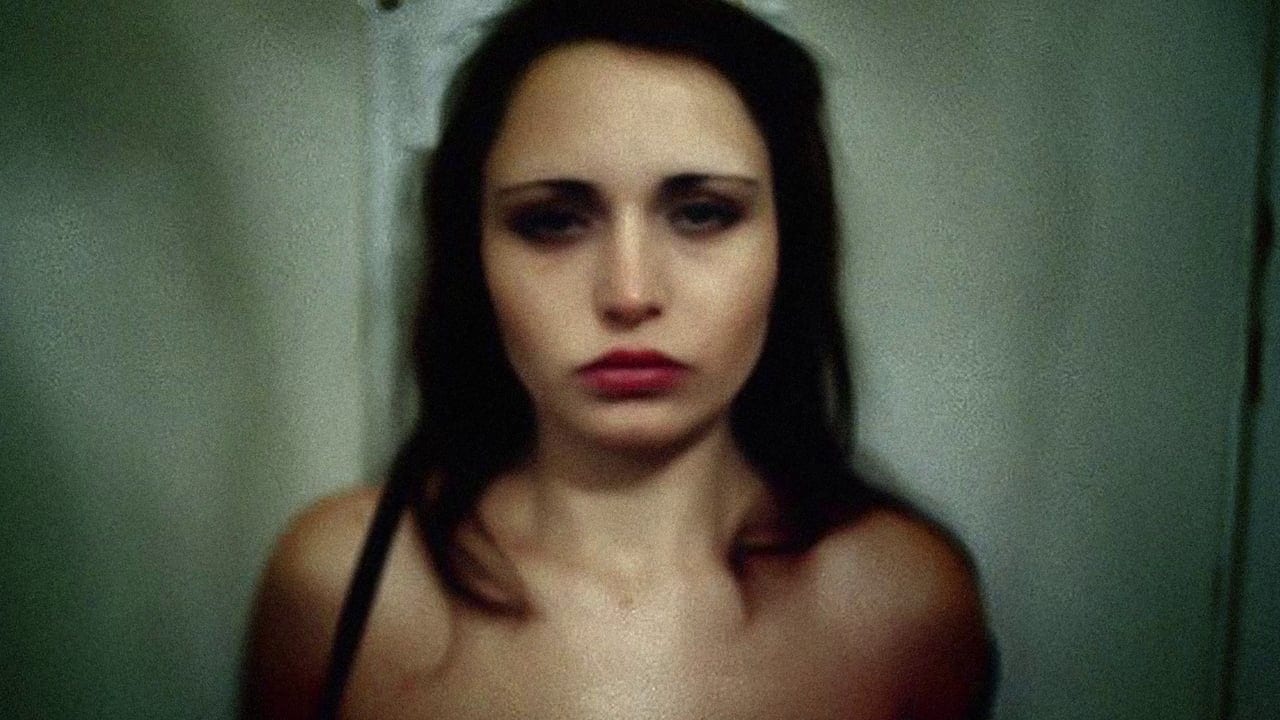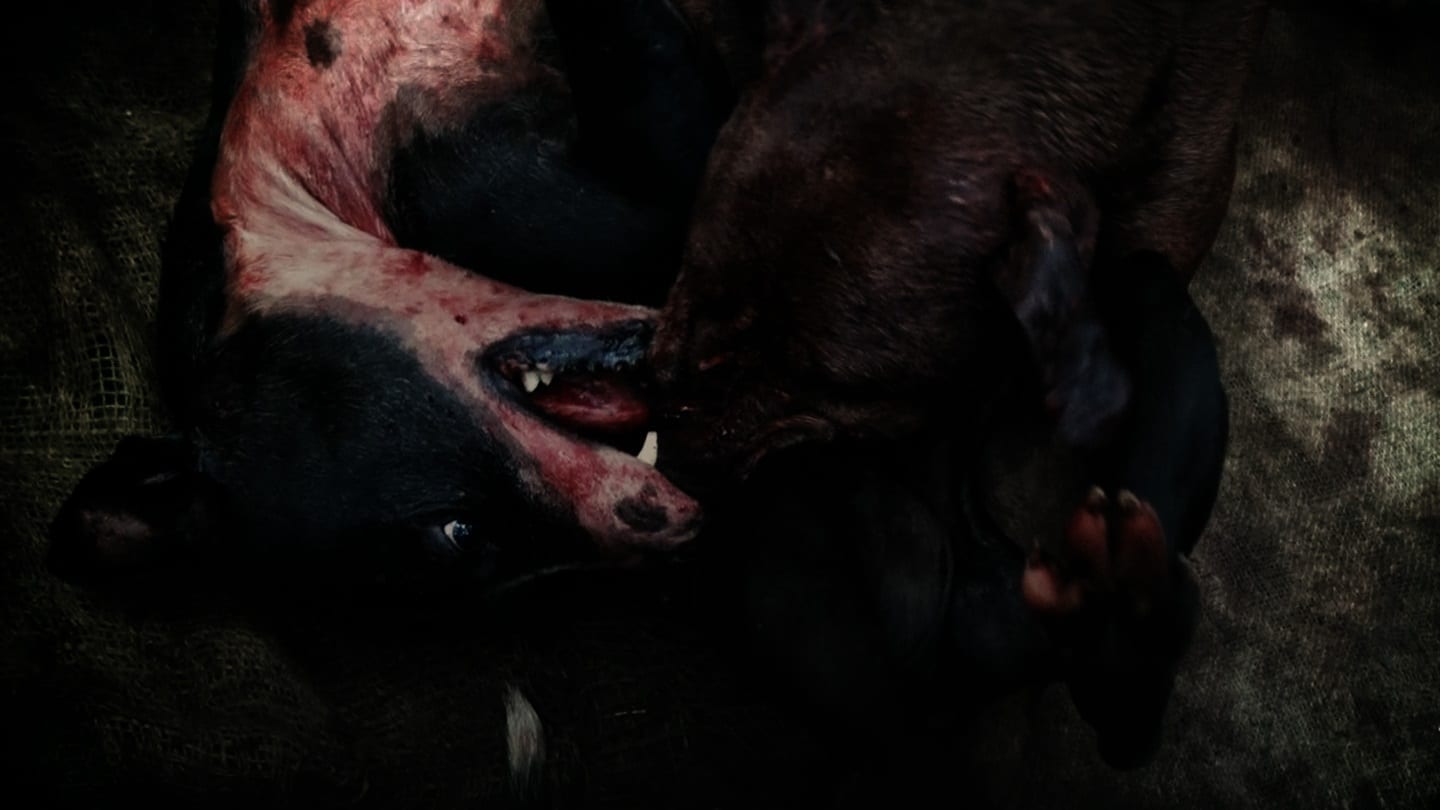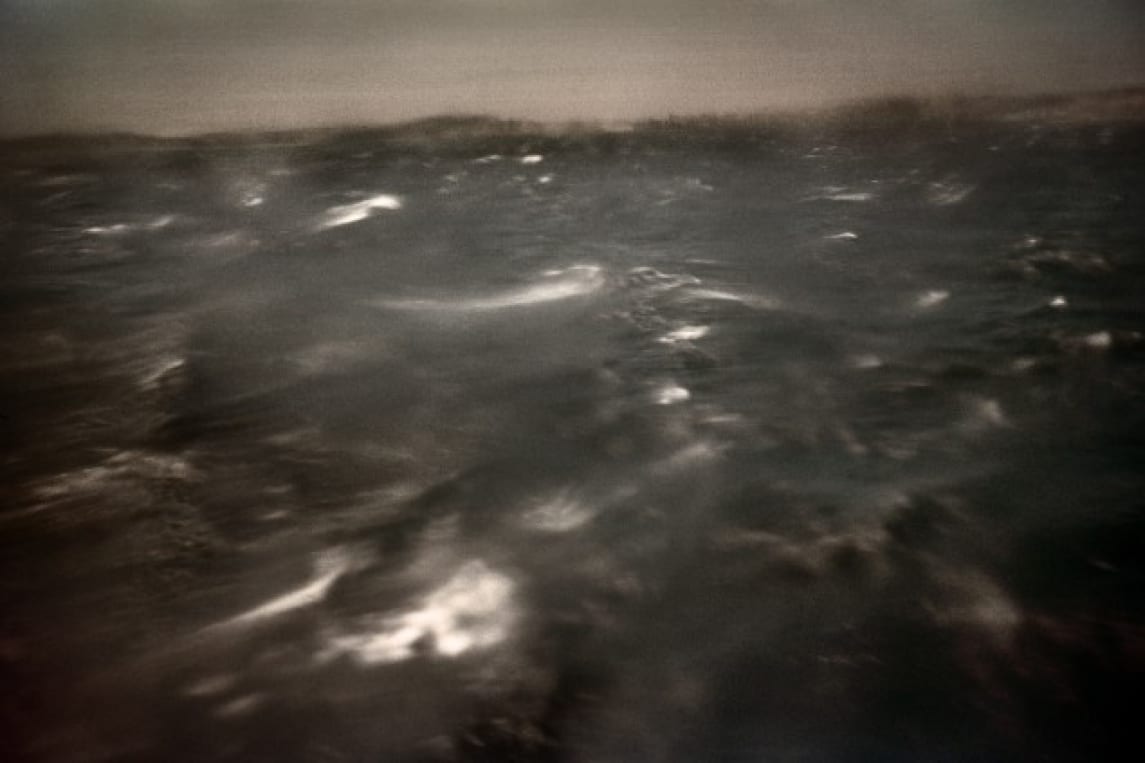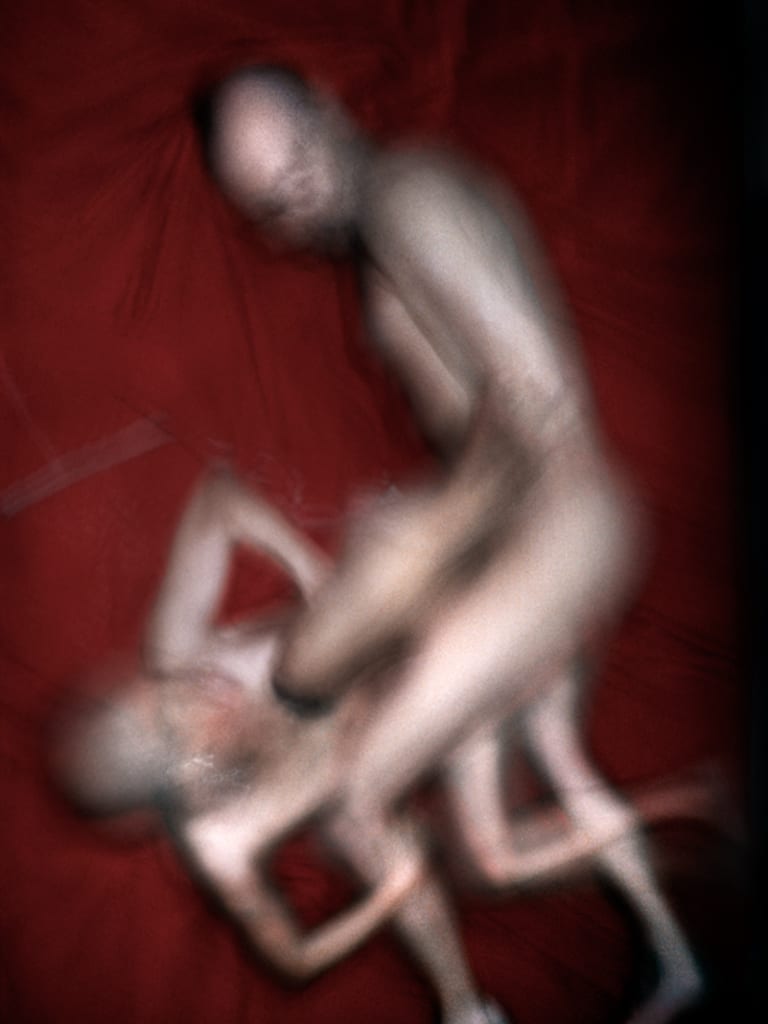“A photograph is nothing but a lie. The space is cut off, the time, manipulated. They are two uncontrollably false appearances of an image condemned to choose between hypocrisy and good conscience and being fake.” – Antoine d’Agata
Fernando Pessoa
By Antoine d’Agata, 2004
The night, the sex, the wandering… and the need to photograph it all, not so much the perceived act but more like a simple exposure to common and even extreme experiences… It is an inseparable part of photographic practice, in a certain sense, to grasp at existence or risk, desire, the unconsciousness and chance, all of which continue to be essential elements. No moral posturing, no judgement, simply the principle of affirmation, necessary to explore certain universes, to go deep inside, without any care. A ride into photography to the vanishing point of orgasm and death.
I try to establish a state of nomadic worlds, partial and personal, systematic and instinctual, of physical spaces and emotions where I am fully an actor. I avoid defining beforehand, what I am about to photograph. The shots are taken randomly, according to chance meetings and circumstances. The choices made, considering all the possibilities, are subconscious. But the obsessions remain constant: the streets, fear, obscurity, and the sexual act…. Not to mention perhaps, in the end, the simple desire to exist.
“I avoid defining beforehand, what I am about to photograph.” – Antoine d’Agata
Beyond the subject, the lost souls and the nocturnal drifting, the scenes of fellatio and of bodies in utter abandon, I seek to reveal some kind of break up through the mixture of bodies and feelings, to reveal fragments of society that escape from any analysis and instant visualization of the event, but nonetheless, are its principal elements.
The brutality of the form, the intensity of the vision obligates us, still more than images that pretend to document, to involve ourselves with the reality of what we are seeing. The spectator can exist then, no longer finding himself in the position of voyeur or consumer but as sharing an extreme experience, wondering about the state of the world and of himself.

@ Antoine d’Agata

@ Antoine d’Agata

@ Antoine d’Agata
“I try to distance myself from a certain type of documentary photography that often avails itself of symbols that are too easy to read and assimilate in order to present a complex reality in a balance that is endlessly discussed over and over between photography as an instrument of documentation and photography as being completely subjective.”
The sense of losing sight of the subject may seem like a paradox in a documentary genre where I try to impose my subjective point of view, in an autobiography born from travels and from wandering. But the emotional strip tease, which lets me enter into the pages of this intimate, photographic diary seems to carry me inevitably towards this vanishing point.
A photograph is nothing but a lie. The space is cut off, the time, manipulated. They are two uncontrollably false appearances of an image condemned to choose between hypocrisy and good conscience and being fake. The language used is often one of class: dominator but alienated, unaware of the actual matter at hand: appearance, ambiguity, the imaginary. In my photographs, in my every day practice of the lie, I cannot pretend to describe anything but my situation itself my normal states of being, my kinky intimacies… I can only comment on the mere insignificance of the photographic moment.

Assigned to the anthology of a reduced knowledge, of castrated experiences, the photographer appropriates himself the gestures, diverts the acts and regurgitates signals that ” indicate ” our relationship with the images and determine our perception of a reality that has become hypothetical. And so, the world limits itself to icons, an altar in direct opposition to the rituals the photographer practices. But if the liturgy, the prayer and the sermon are still instruments of a vigorous cult, then for photographers, truth and freedom are found only in the realm of confession.
I try to distance myself from a certain type of documentary photography that often avails itself of symbols that are too easy to read and assimilate in order to present a complex reality in a balance that is endlessly discussed over and over between photography as an instrument of documentation and photography as being completely subjective. It isn’t the eye that photography poses on the world that interests me but its most intimate rapport with that world.
“I cannot pretend to describe anything but my situation itself my normal states of being, my kinky intimacies…”
The only photographs that truly exist are the ” innocent ” images. We find them in the family photo albums or in the police archives. Beyond serving as a simple documentation of reality or of a certain aesthetic sense, they attest to the role of the photographer, of his implication, of the authenticity of his position in that moment. The compositions of light, narrative, are no longer, for me, fundamental problems but superfluous lies. What interests me today in an image? The perspective that has justified the act of photography, the interference of the experience, of the ongoing scene, the texture, the material, the meaning of the self-portrait, of the individual, the incoherence of the unfolding sequence, the maniacal reconstruction of the random experience the photographs, like words, are meaningless when isolated…

To criticize in a coherent manner, the dominant image actually demands from a photo that it is lucid in the midst of its messy situation, from the experience between a glance and a good, hard look, the camera and the unconscious, in its fundamentally tainted rapport with reality and fiction. This approach cannot conceive that within multiplicity, associating technique and practice, sometimes opposite each other in their use of the photographic language, I seek to reveal the inherent contradictions to the ” use ” of documentary photography, that should supposedly transcribe tangible reality while at the same time, do nothing more than report a myriad of experiences.
I can then make use of the world for my own ends and in a basically solitary experience, remodel it, and transform it at will, almost as if without images, the world no longer exists.
Born in Marseille in 1961, Antoine D’Agata left France in the early eighties, studying photography at the International Centre for Photography in New York in 1990 alongside of Larry Clark and Nan Goldin.
(© Antoine D’Agata, 2004. All rights reserved. All images © copyright the photographer and/or publisher)






